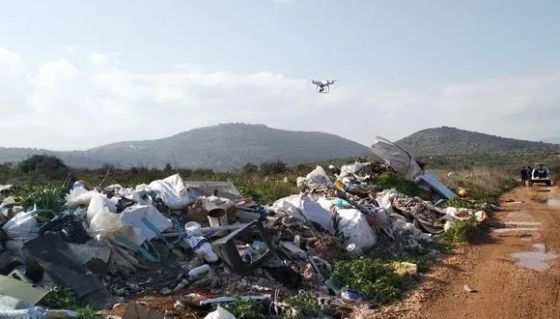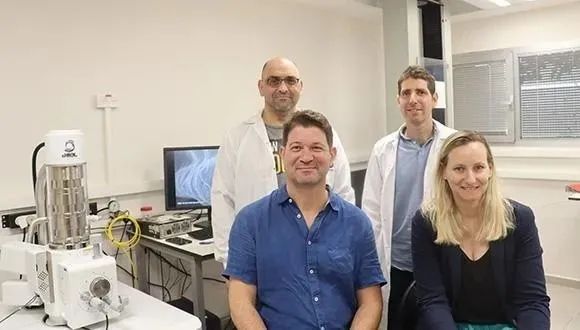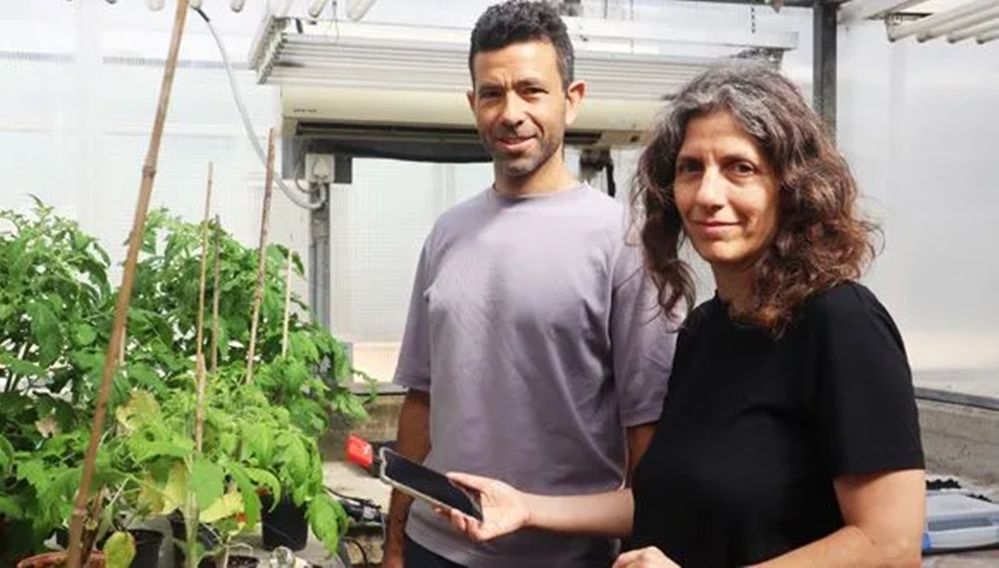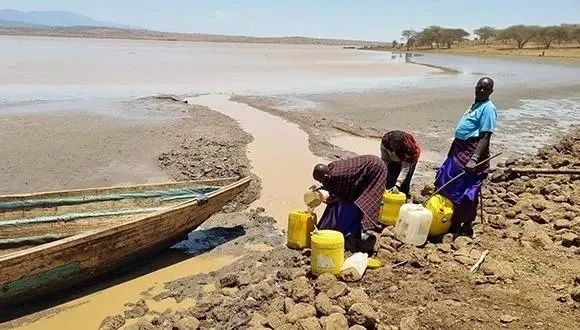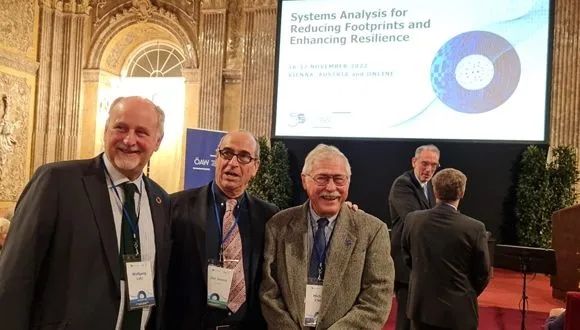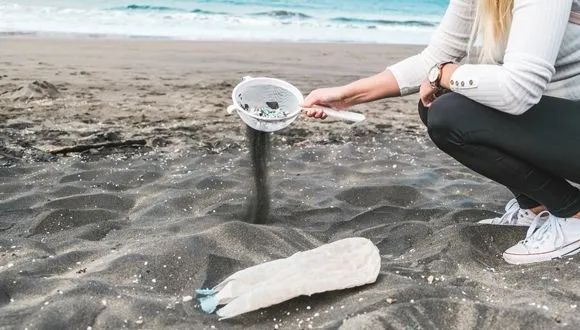A new study conducted at Tel Aviv University has mapped illegal construction waste dumps using drones. The researchers attempted to assess the actual amounts of construction waste dumped at unauthorized sites, as well as the contents of the waste piles. Analysis of the data shows that through aerial mapping and use of environmental-economic models developed in the study, it will be possible to recycle a significant amount of the waste, saving the state approximately NIS 200 million.
The study was led by Dr. Vered Blass and doctoral student Adi Mager of the Porter School of Environment and Earth Sciences, Tel Aviv University. The study was published in the international journal Remote Sensing.
An Expensive Process
The current situation poses a severe problem for local authorities, who cannot handle the scope of criminal activity, and therefore compelled to remove and treat the environmental hazard on their own expenses.
The moment a local authority identifies an illegal construction waste dump, it takes action to transfer the waste to an authorized site. This involves a complex process including, initially, measuring the amount of waste, collecting, and transporting it to the authorized treatment facility, and then cleaning and rehabilitating the contaminated soil.
This is an expensive process involving significant budgetary spending by municipalities, which usually pass the burden on to the taxpayers.
“The idea behind the study was to try and adopt the principles of circular economy (CE) that promotes strategies for savings in resources for reuse, repair, remanufacture, and recycling of materials and products.” Dr. Vered Blass
Recycling Instead of Landfilling
The alternative? “By integrating existing aerial mapping technologies, with economic-environmental models, we can promote recycling of illegal waste and save public funds,” offers Dr. Blass. “Instead of paying landfill fees and polluting the soil, the waste may be recycled at a lower cost while reducing environmental damage.”
According to Dr. Blass, the study, defined as a pilot, included mapping by drones of four illegal waste dumps located in Northern Israel. The researchers mapped and analyzed a total area of 3600 square meters. They classified and categorized all types of waste separately, manually, to determine their area, volume, and properties.

Dr. Vered Blass
Finally, the researchers created a profile for each waste site separately. The profile included an economic analysis of the value of the different types of waste found at the site, and the potential environmental savings of recycling compared to landfilling.
“The idea behind the study was to try and adopt the principles of circular economy (CE) that promotes strategies for savings in resources for reuse, repair, remanufacture, and recycling of materials and products,” explains Dr. Blass. “By using these principles, we sought to save the authorities a lot of money – instead of paying high landfill fees for all the illegal construction waste, which can be recycled.”
“Our pilot findings showed the advantages of multidisciplinary tools and methodologies in helping to identify potential resources, providing economic data for cleanup proposals, and of course, enabling the monitoring and evaluation of the area after the cleanup, thus saving time and money for the authorities, entrepreneurs and other stakeholders in the field” Dr. Vered Blass
Saving Time and Money
According to the researchers, the study provides missing data that may prove useful to the state, local authorities, commercial companies, and contractors, as well as companies that monitor and manage recycled waste and raw materials.
In addition, the researchers touch on the direct correlation between meeting international sustainable development goals (SDG), monitoring, and mapping illegal waste.
“This study will provide local authorities with a better understanding of the quantities and qualities of waste, as well as the costs associated with the necessary cleanups,” says doctoral student Adi Mager. “Moreover, construction waste in open areas occupies valuable real estate. Mapping the area rapidly and efficiently will assist in evacuating the land and preparing it for future uses.”
“Our pilot findings showed the advantages of multidisciplinary tools and methodologies in helping to identify potential resources, providing economic data for cleanup proposals, and of course, enabling the monitoring and evaluation of the area after the cleanup, thus saving time and money for the authorities, entrepreneurs and other stakeholders in the field,” concludes Dr. Blass.
Featured image: Illegal construction waste dumps (photo: Adi Mager)

